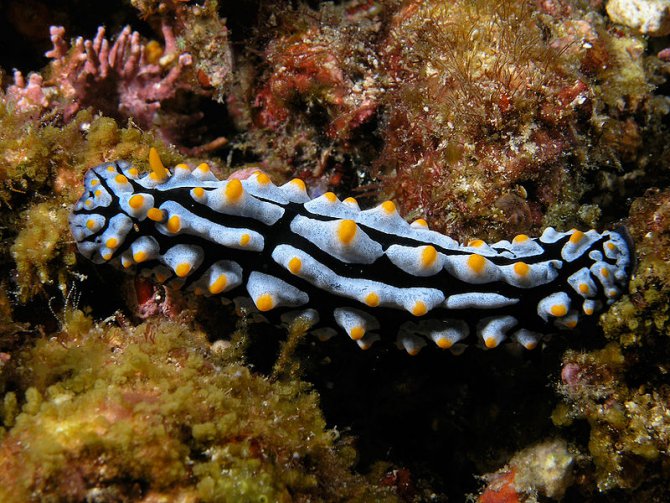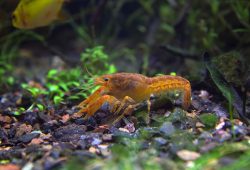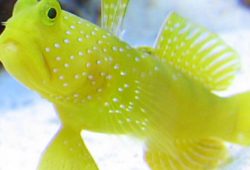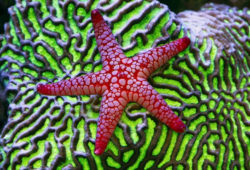Feeding Marine Invertebrates
In this article I’ll tell you about Feeding Marine Invertebrates. Success with motile invertebrates like coral requires appropriate nutrition that comes in the form of an unlikely sounding product – reef snow.

Have you ever noticed tiny particulate matter drifting in the current while snorkeling over a reef? Have you ever asked yourself what it is, and, more importantly for the marine aquarist, have you ever wondered what role of it plays within the reef ecosystem? Answering these questions can be the key to success when attempting to keep coral and other marine invertebrates.
Contents
Reef Snow
It’s reef snow–at least that’s what it’s called. Reef snow is organic particulate matter, plankton and detritus, and it is “blown” about in the current like snow–hence the name. Reef snow is a critical source of nutrition for many reef species from fishes to invertebrates. It is especially important to sessile invertebrates (invertebrates which cannot move) like most corals.
Filter Feeders
Some corals rely on photosynthesis to survive, but others will only survive if there is a sufficient quantity of reef snow that passes through the corals’ polyps. These corals are frequently called filter feeders, as they filter their nutrients out of the water as it passes over and through their polyps. The marine aquarist intent on keeping such corals must therefore have both reef snow and current present in the tank if he or she wants to have success with these animals.
Where to Get Marine Snow
So where do you get reef snow for your aquarium animals? There are several reef snow-like products commercially available such as MarineSnow (made by Two Little Fishies) and ZooPlex (made by Kent Marine). Here is a brief overview of each product.
MarineSnow
MarineSnow is a natural planktonic food designed for filter feeding marine invertebrates. It is advertised as the “first of its kind” and is intended to replicate the “special colloidal biogenic suspended matter found in natural seawater.” Collodial simply refers to the fact the particulate matter in MarineSnow is dispersed throughout another substance resulting in a thick liquid that you add directly to the tank at feeding time.
Because of its collodial properties and the particulate size and composition (it is based on natural components of ocean plankton), MarineSnow is an ideal food for soft and stony corals, anemones, feather duster worms, sponges, and many other filter feeders. Planktivorous fishes, such as many reef-safe angelfishes, also appreciate MarineSnow.
ZooPlex
ZooPlex is another product that replicates aspects of reef snow for filter feeding invertebrates. Again, advertised as a first, ZooPlex is “a natural zooplankton food source” rich in Omega-3 fatty acids and protein. ZooPlex is best used in conjunction with other products such as PhytoPlex, ChromaPlex, Coral-Accel, and Micro Vert. Alternating between these food sources (all made by Kent Marine) provides a varied diet appreciated by many filter feeding, sessile invertebrates.
Feeding
If the aquarium has excellent current (which all reef tanks should), the reef snow product can be added directly to the aquarium water in a high flow location. This method of feeding, while it can be successful, is less efficient than target feeding reef snow to your sessile invertebrates. To target feed, use a turkey baster to broadcast the reef snow product to your animal. Be sure not to “blast” a stream of water directly at the animal (this may cause the polyps to close).
Feeding Tips and Tricks
- Use 5mL per 20 gallons of aquarium water at each feeding with MarineSnow.
- Use 10mL per 50 gallons of aquarium water once a day with ZooPlex.
- Keep a close eye on water quality when feeding and adjust your feeding to your bioload.
- When target feeding, turn off your water flow.



